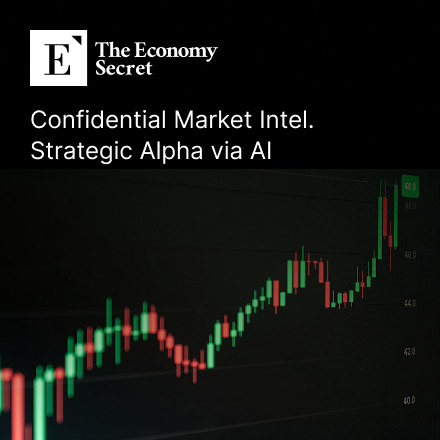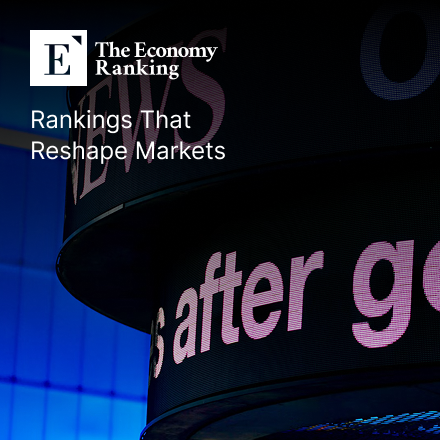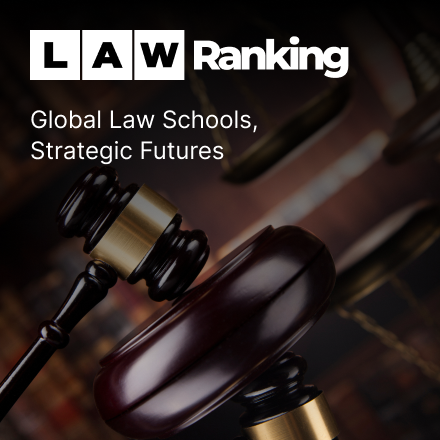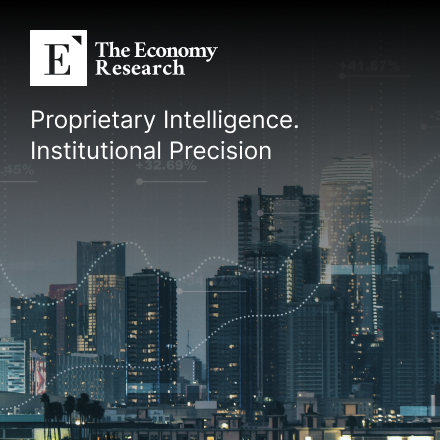Input
Changed
U.S. Q1 Economic Growth Rate at -0.3%: 'Negative Growth Shock' Trump: “Q1–Q2 Negative Growth Has Nothing to Do with Tariffs” Fed Weighs Interest Rate Cuts Amid Recession Dilemma
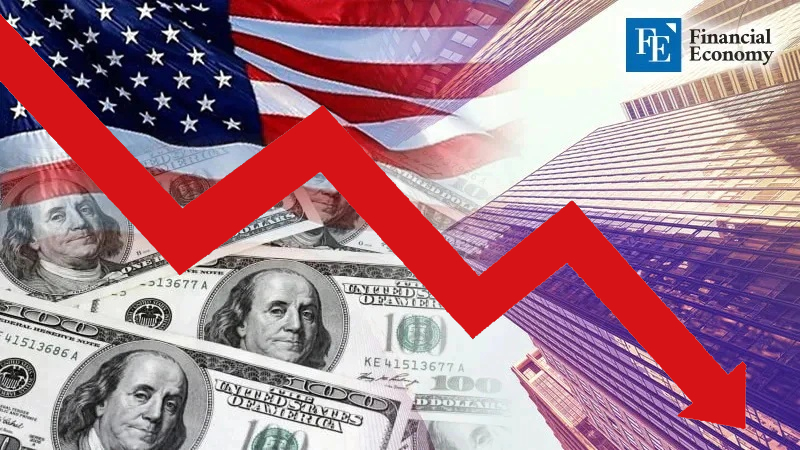
As the U.S. economy shows troubling signs of contraction, President Donald Trump is stepping forward to shape the narrative—and shield himself from blame. The first quarter of 2025 closed with a surprise downturn in GDP, and rather than accepting fault, Trump has laid responsibility at the feet of former President Joe Biden. While asserting that his own policies, especially high tariffs, are laying the foundation for future growth, he is attempting to reframe the economic slump as the lingering consequence of Biden-era mismanagement.
But beyond the political rhetoric, the numbers reveal an economy straining under the weight of inflation, shaken consumer confidence, and a contentious trade regime. The Federal Reserve finds itself at a crossroads, facing a moment of economic uncertainty with far-reaching consequences not just for financial markets but for the broader political and global climate.
Trump Defends Tariffs, Blames Biden, and Promotes "Core" GDP
During a high-profile cabinet meeting on April 30, Trump declared, “This quarter belongs to Biden’s economy—and so will the next one. I was inaugurated on January 20, and economic conditions don’t change overnight.” He emphasized that the current slump should not be attributed to his administration. Instead, Trump claimed that “core GDP”—excluding distortive elements like imports, inventory fluctuations, and government spending—rose by 3%. This selective metric, he argued, is a clearer reflection of the economic foundation his administration is building.
On his social media platform Truth Social, Trump reiterated his position, writing: “This is Biden’s stock market, not mine. Tariffs are being implemented, and companies are returning to the U.S. in record numbers. Our economy is about to experience explosive growth.” He insisted that the current difficulties were unrelated to his trade policies, stating, “This has nothing to do with tariffs—it just takes time to clean up the bad numbers left by Biden.”
However, the headline data paints a more sobering picture. According to the U.S. Bureau of Economic Analysis (BEA), real GDP in the first quarter contracted by 0.3%, a steep drop from 2.4% growth in the previous quarter and significantly below the forecast of 0.4% growth. This marks the largest economic contraction since the first quarter of 2022, when COVID-19-related anxieties weighed heavily on the economy.
One of the primary drags on growth was a sharp increase in imports. Net exports in Q1 suffered their largest quarterly decline on record, falling by 4.83%. This surge in imports, fueled partly by robust consumer demand and supply chain normalization, further widened the trade deficit and sapped momentum from domestic production—highlighting the tension between consumer activity and Trump’s trade protectionism.
Warnings Mount Over Tariff Fallout and Recession Risks
Despite Trump’s optimistic outlook, economists are raising red flags about the potential long-term effects of his aggressive tariff policies. The return of high global tariffs—especially the dramatic 145% rate on Chinese imports—has ignited fears of stagflation and deepened the risk of a recession.
Bloomberg reports that even with adjustments—raising China-specific tariffs while moderating rates for others to 10%—the U.S.’s average tariff level remains a hefty 28.2%. According to BCA Research, even if imports from China were to fall by half due to these punitive measures, the effective U.S. tariff rate would still sit at a historically high 21%, rivaling levels not seen since the protectionist Smoot-Hawley Tariff Act of the 1930s.
The economic consequences are stark. The Tax Foundation estimates the cumulative impact of the tariffs could shrink U.S. GDP by 0.8% to 1.0%, translating into an average annual cost of roughly $3,443 per American household. Goldman Sachs projects that the core Personal Consumption Expenditures (PCE) index—used by the Fed as a primary gauge of inflation—will rise by 0.2 percentage points. Meanwhile, Evercore ISI warns of a worst-case scenario in which GDP could fall by up to 3.4%.
Market prediction platforms mirror these anxieties. Kalshi and Polymarket estimate the chance of a U.S. recession at 63%. JPMorgan has pegged it at 60%, and a range of other economists place the likelihood at around 50%. These projections align with rising consumer concerns. U.S. inflation expectations over the next 12 months have soared to 6.7%, the highest since 1981.
Consumer sentiment has plummeted. According to Bloomberg, public confidence has fallen below levels recorded in June 2022, when inflation reached a peak of 9.2%. Joe Weisenthal, a prominent financial commentator, warned that if confidence drops further, it could plunge to a 73-year low—surpassing even the most pessimistic periods of the post-war era.
Fed Trapped Between Recession Fears and Inflation Pressures
In this fraught landscape, the Federal Reserve finds itself under intense scrutiny ahead of its May 6–7 Federal Open Market Committee (FOMC) meeting. For the first time since Trump’s return to office, the Fed must make a monetary policy decision amid intense political and economic pressures.
On the one hand, the negative GDP growth signals that a rate cut might be warranted to stimulate the economy. On the other hand, inflation remains persistent. The Commerce Department reported that the PCE price index rose by 3.6% in Q1, up sharply from 2.4% in the previous quarter—highlighting the inflationary risks still gripping the economy.
Fed Chair Jerome Powell warned of this very conundrum weeks earlier. In an April 16 speech at the Economic Club of Chicago, Powell said, “Tariffs under the Trump administration, which are higher than anticipated, are likely to raise prices and slow growth.” He cautioned that the Fed might soon face “a difficult decision between prioritizing inflation or supporting growth.”
Yet Powell also made clear the Fed's intention to tread cautiously. “We are in a good position to wait for more clarity before making any policy adjustments,” he said—signaling a continuation of the Fed’s wait-and-see strategy. According to CME’s FedWatch tool, there is a 94.8% chance that the Fed will keep interest rates steady at 4.25% to 4.5%.
Behind the scenes, political considerations may be influencing the Fed’s restraint. Analysts suggest that the central bank might be reluctant to ease monetary policy too soon and appear to legitimize the inflationary effects of Trump’s tariffs. With the public growing more sensitive to price hikes, the Fed may avoid rate cuts that could be construed as cushioning the administration’s more controversial policies.


